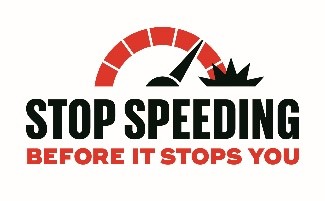- Expand Driving Safely
- Impaired Driving
- Child Passenger Safety
- Distracted Driving
- Drowsy Driving
- Motorcycle/Moped Driving Safety
- Non-Motor Vehicle Safety: ATV, Bike, Pedestrian, & Train
- Seat Belt/Occupant Protection Safety
- Older Drivers
- Roundabouts
- Expand Speed-Related Information
- Teen Drivers
- Work Zone Safety
- Winter Driving Safety

Nebraska has set speed limits for inter-state, highways, and county/city roadways. When a driver makes the choice to speed, it greatly reduces the driver’s ability to slow a vehicle when necessary, or to steer safely around an unexpected curve, another vehicle, and/or a hazardous object in the roadway. In school zones or neighborhoods, the driver can strike a pedestrian, child or a pet that may unexpectedly be in the road.
Speeding Facts and Dangers
- Speed exceeding the posted speed limit or driving too fast for conditions, inclement weather or nighttime, is one of the most prevalent factors contributing to traffic crashes.
- The total stopping distance for a vehicle traveling 60 mph is longer than a football field (100 yards); at 75 mph it takes 1 ½ football fields (150 yards).
- Fines for speeding are doubled for exceeding the posted speed limit in construction zones and in school crossing zones.
- The chance of death or serious injury doubles for every 10 mph over 50 mph that a vehicle travel.
According to NHTSA, a crash on a road with a speed limit of 65 mph or greater is more than twice as likely to result in a fatality than a crash on a road with a speed limit of 45 or 50 mph and nearly five times as likely as a crash on a road with a speed limit of 40 mph or below.
Dealing with Aggressive Drivers and Speeding
Speeding drivers can impact our driving behaviors too. If you are near someone speeding, change to the left lane and let them go by. Give those exceeding the speed limit plenty of room. Speeding drivers can tailgate and engage in risky behaviors, use your best judgement and steer safely into the other lane for your safety. Call law enforcement if you believe the driver is a danger to you or others on the roadway – dial *55 on any cellphone.

Community involvement
The NDOT-Highway Safety Office has tools for communities to address residential concerns about speeding. Speed monitoring trailers are available.
Resources
- AAA, How to Avoid Aggressive Driving
- Nebraska laws for speed limit violations and fines, 60-682.01
- National Conference of State Legislatures, Speeding Overview & Cost
- Governors Highway Safety Association, Speeding
- National Safety Council, Speeding Brief
